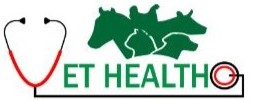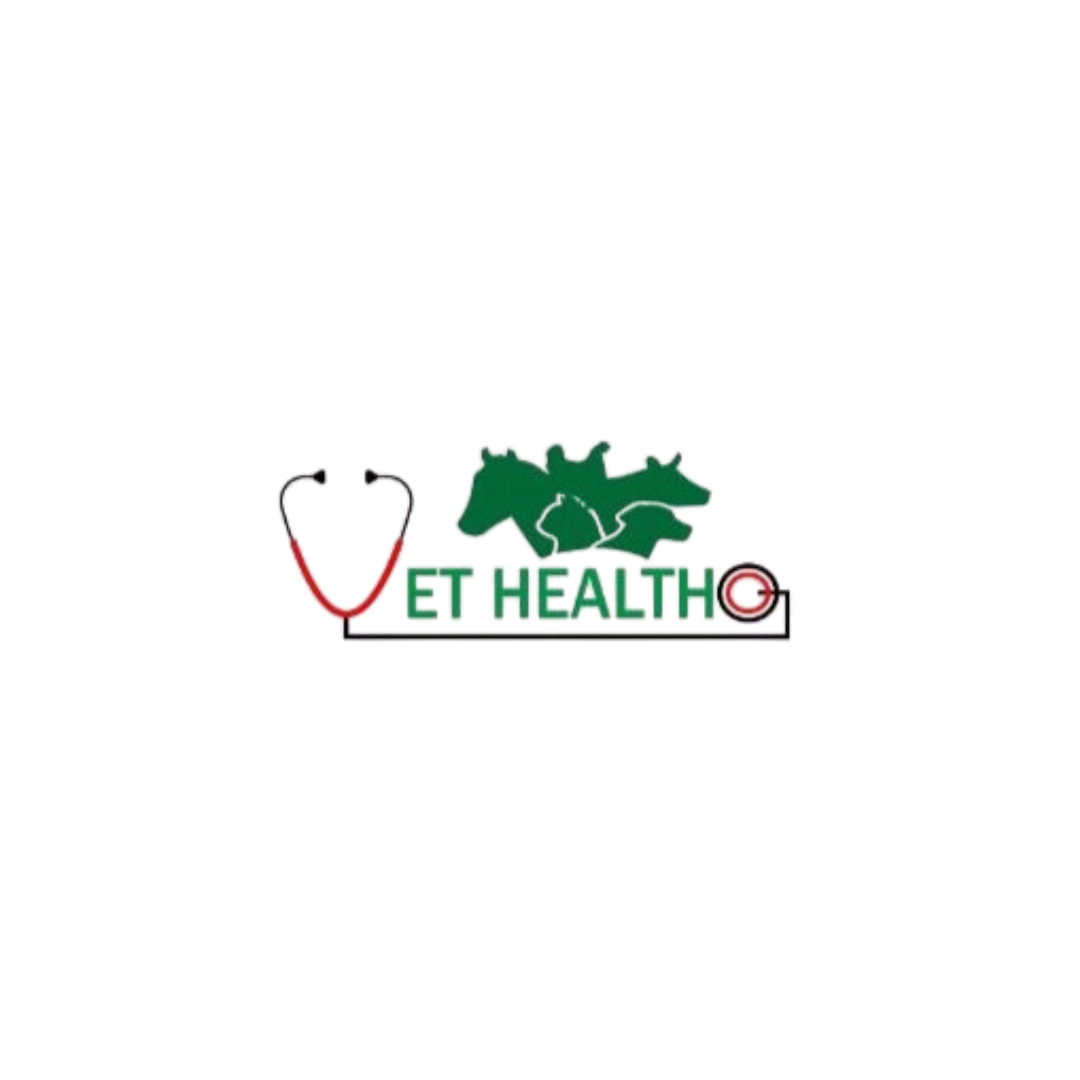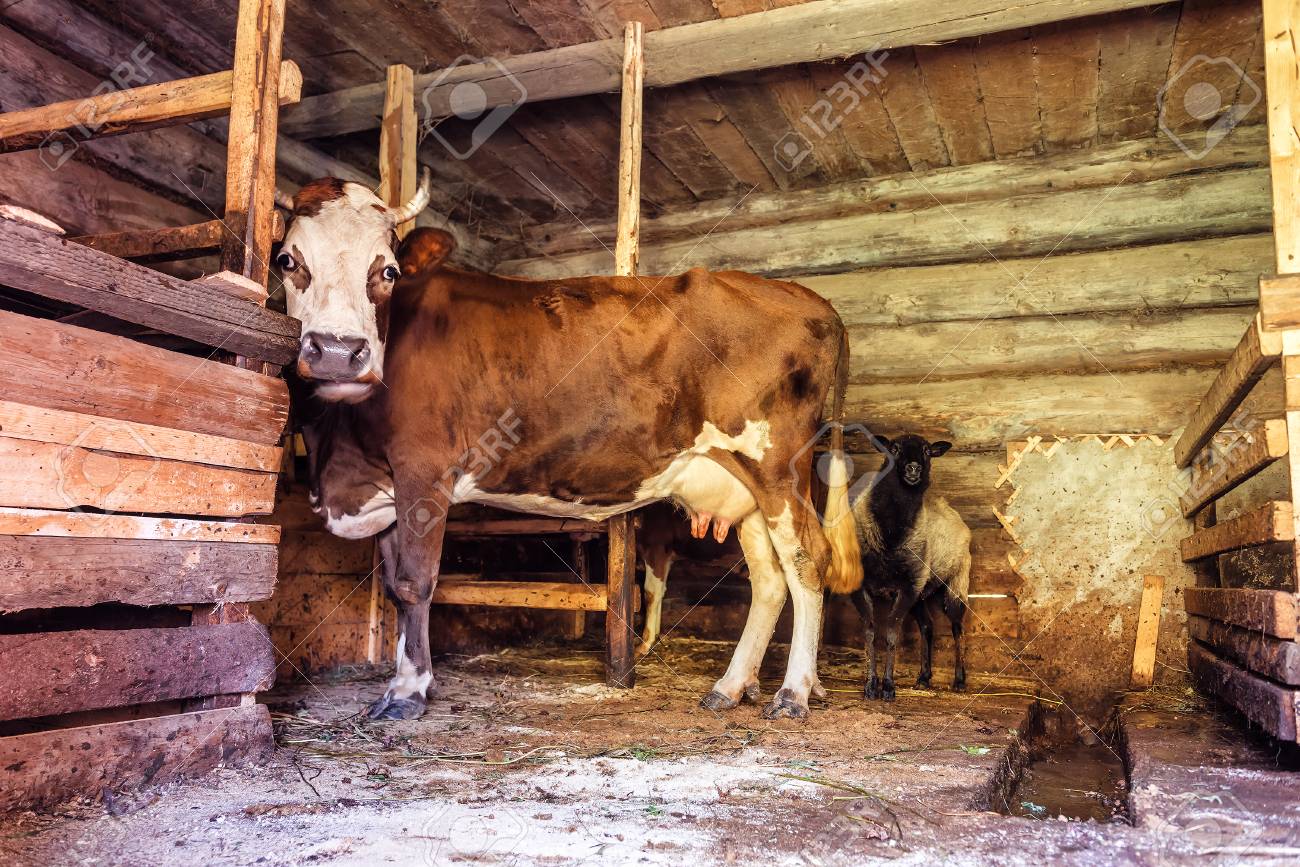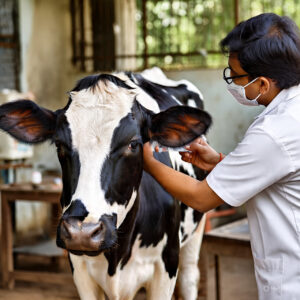Daily Health Monitoring Tips for Cattle Owners
Maintaining your cow’s health doesn’t always require a vet. With basic knowledge and daily attention, you can identify early signs of illness and take timely action. Here’s how to carry out a daily health check for your cows:
- Morning Observation
Start your day by watching your cow’s behavior. A healthy cow will appear active, alert, and interested in food. Avoidance of feed, dullness, or isolation could signal health issues. - Body Condition and Posture
Observe how the cow stands or walks. Lameness, limping, or stiffness may indicate hoof problems or internal issues. - Check for External Injuries or Swelling
Gently run your hand along the body to feel for lumps, wounds, or swelling — especially in legs, udder, and tail area. - Eye and Nose Discharge
Clear eyes and nostrils are signs of good health. Watery, red, or pus-like discharge is a sign of infection or illness. - Rumen Movement and Feces
Listen for rumen movement on the left side of the abdomen. Ideally, there should be 1–2 contractions per minute. Also, check dung consistency — watery, dry, or foul-smelling dung indicates digestive problems. - Udder and Milk Check
While milking, examine the udder for heat, swelling, or hardness. Any change in milk color, smell, or consistency could mean mastitis. - Monitor Temperature
Use a thermometer if the cow shows unusual behavior. The normal body temperature for cows is around 101.5°F (38.6°C). - Water and Feed Intake
Make note of how much feed and water your cow consumes. Sudden drops can be an early warning sign of disease.
Regular daily cow health checkups not only help in early detection of diseases but also improve the overall welfare and longevity of your cattle. By maintaining a consistent health monitoring routine, farmers can reduce veterinary expenses and increase milk yield and quality. Remember, a healthy cow is the foundation of a profitable and sustainable dairy farm.




